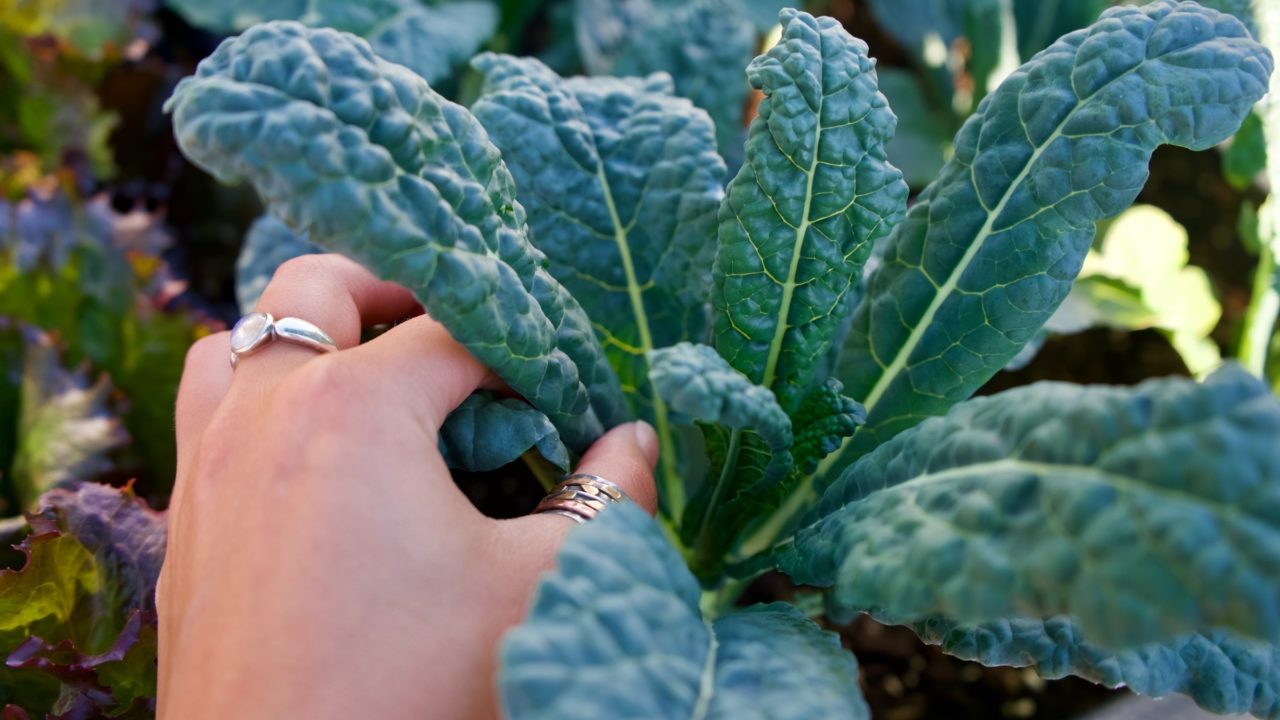Peatlands are important for the environment and climate, but their role with regard to the economy and society is currently often underrated. People in rural areas depend on peatlands for water, food and raw materials. This applies, in particular, to the southern hemisphere, where inhabitants are highly dependent upon their natural environment, but with certain restrictions also to temperate and boreal regions.
Peat has been used as a fuel and bedding material for centuries. The use of peat for energy is currently being phased out in many countries, including, e.g., Ireland and Finland. This reduces emissions but also causes social problems in areas where people are not easily able to find employment. Sustainable heating alternatives, as well as “just transition” efforts are needed.
Peat for horticulture is extracted from 0.05% of the global peatland area. It is still the most important raw material for growing media (potting soil, professional substrates). Due to its physical and chemical characteristics, slightly decomposed peat provides perfectly for the needs of seedlings, as well as many ornamental plants and vegetables.
Food production and mental well-being heavily depend on high-tech, greenhouse cultivation nowadays, especially as urbanization is progressing. From a grower’s perspective, peat is often essential, as it is easy to adapt and is sterile and affordable. Even tree seedlings, intended for reforestation, are often grown in peat mixes.
The substrate industry has been searching for peat alternatives for decades and these are being increasingly used (coir, bark, compost, etc.). However, the quantity and quality requirements, demanded by growers and consumers, cannot yet always be met. Moreover, the carbon footprint of all materials need to be further studied, including details relating to their transportation and recycling.
The industry is strongly committed to responsible peatland management and tries to minimize its impact whenever possible, e.g., by careful site selection (degraded peatlands only, EU), obeying national and international legislation and via extensive restoration of cut-over areas (EU and Canada).
Learn more here:
Responsibly Produced Peat Certification: https://youtu.be/c7hE1UrT0Lo and www.responsiblyproducedpeat.org
Verflora Certification: www.scsglobalservices.com/services/veriflora-certified-sustainably-grown
Canadian Sphagnum Peat Moss Association: www.peatmoss.com
LINKS to PDFs by PS
Growing Media Europe: www.growing-media.eu
General background: https://media.toastpost.com/cloud/index.php/s/Yn5YAVOH8jccGVr
Growing media constituents with a focus on peat: https://media.toastpost.com/cloud/index.php/s/34yrRTxIXCmu16l


